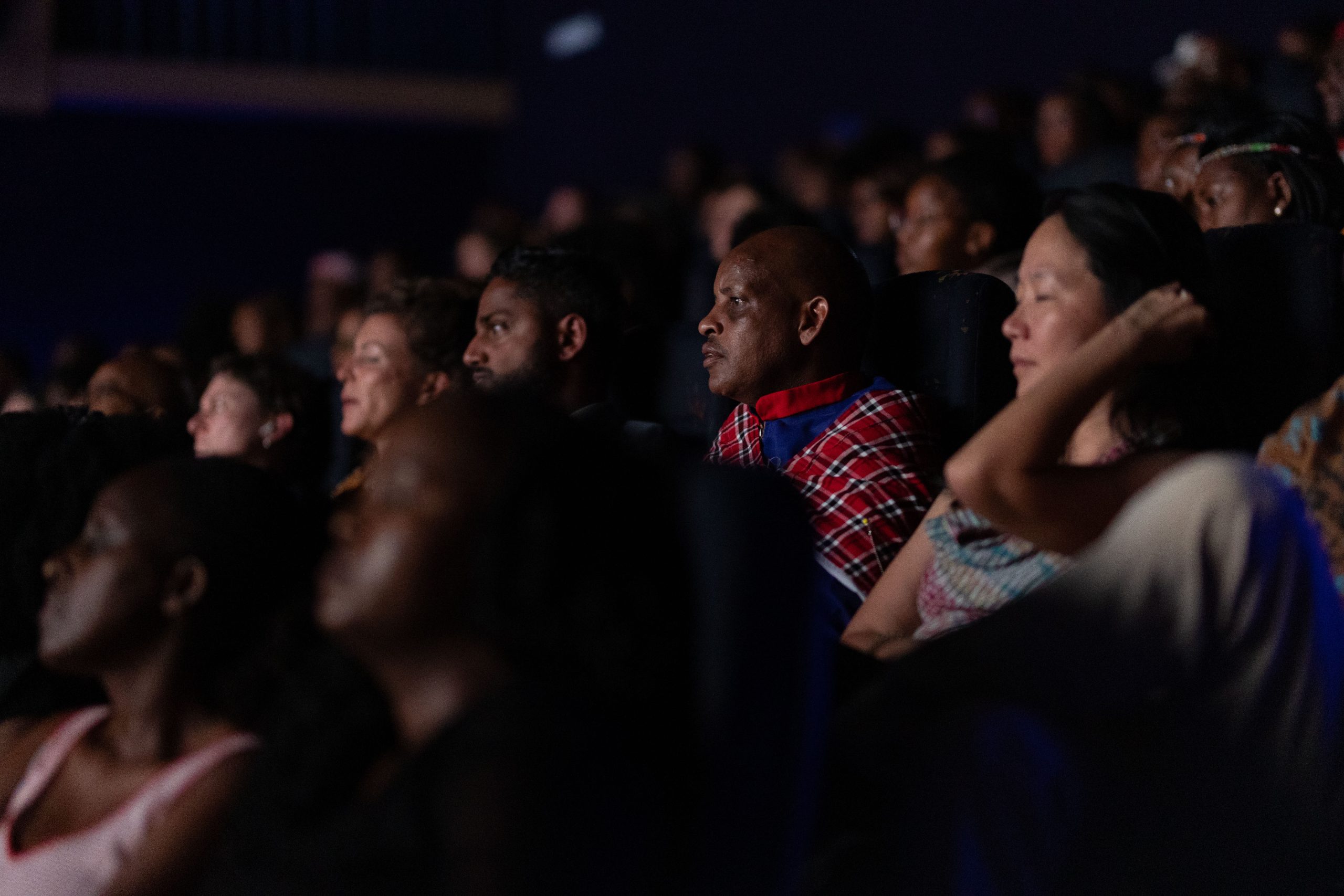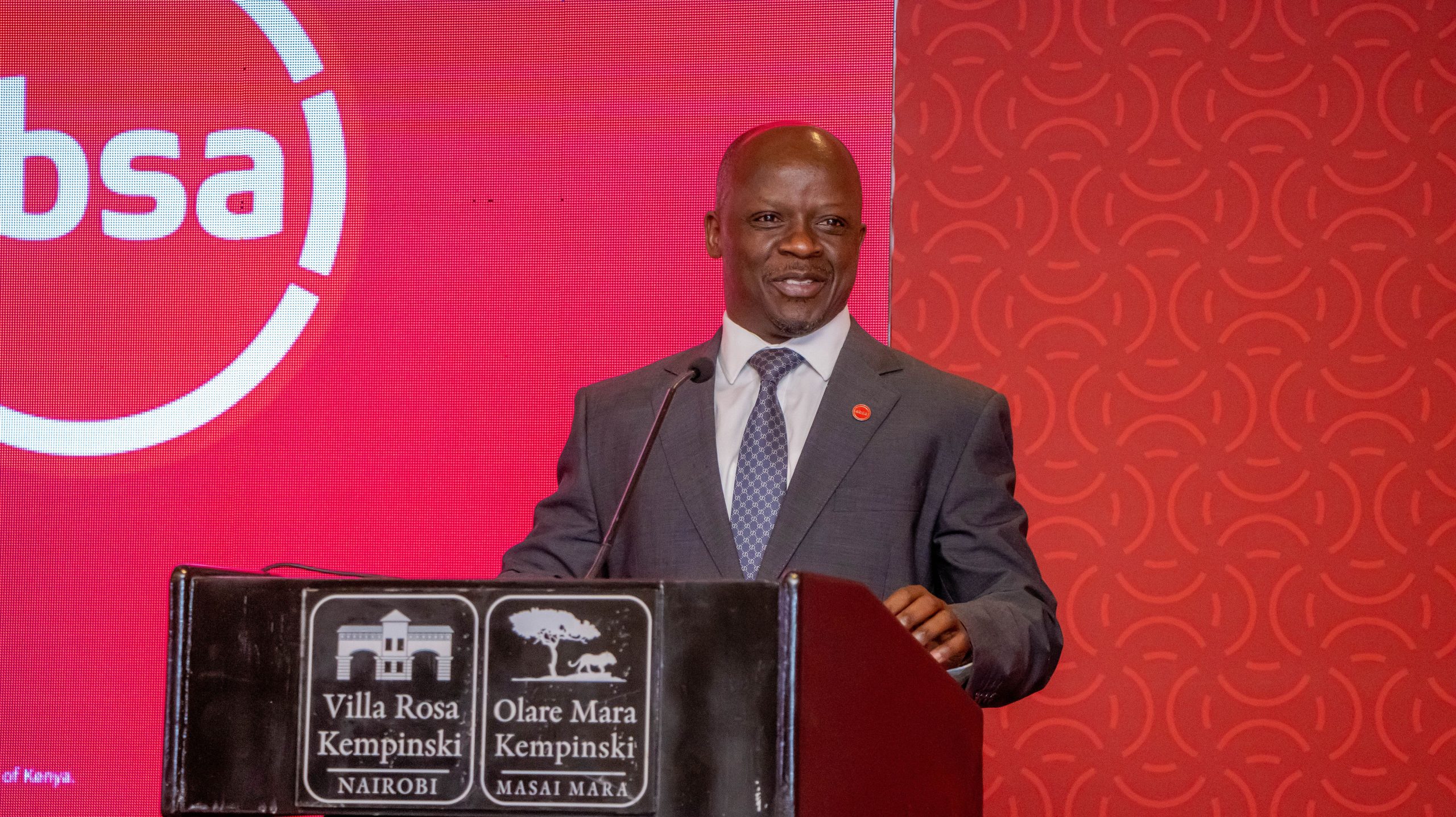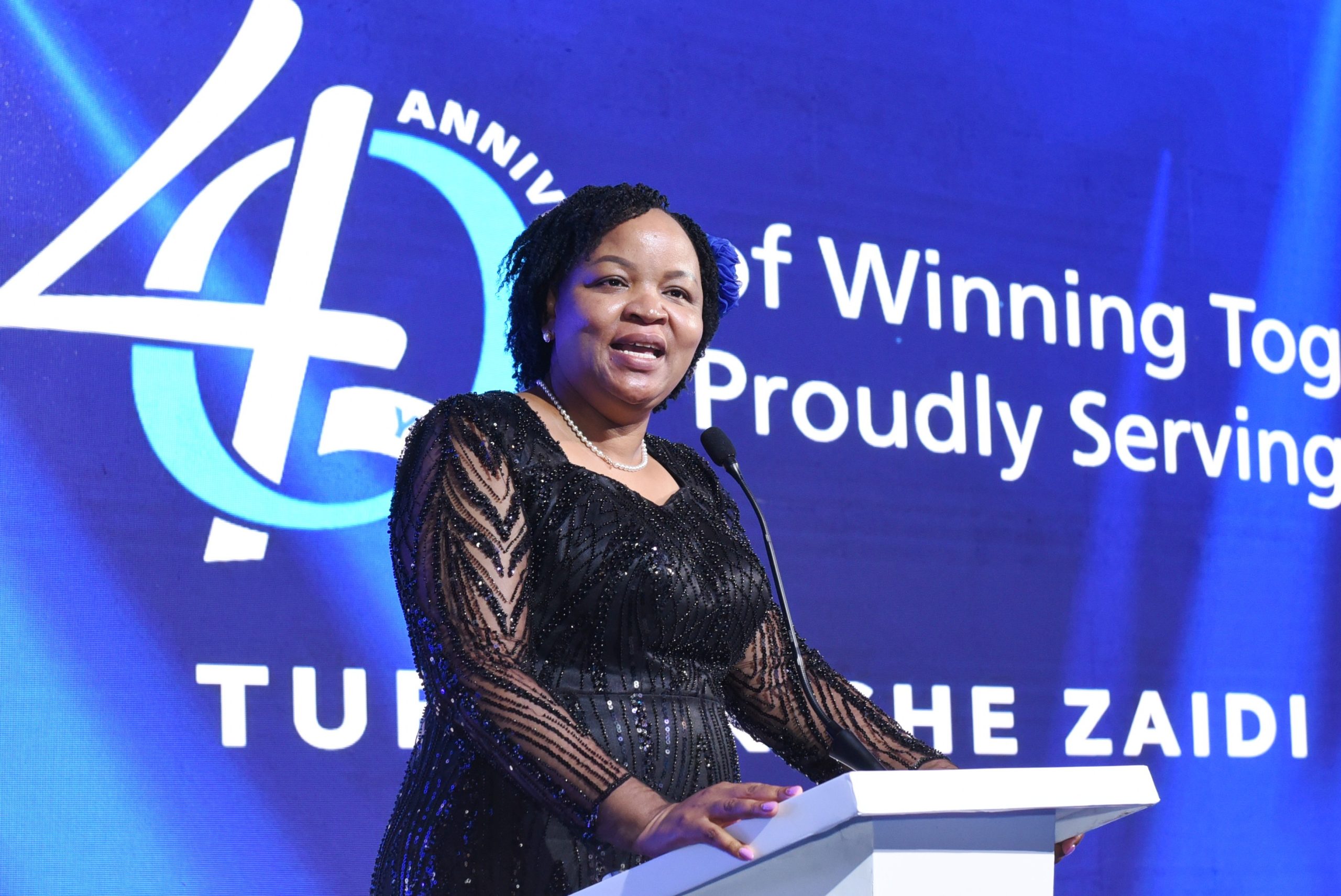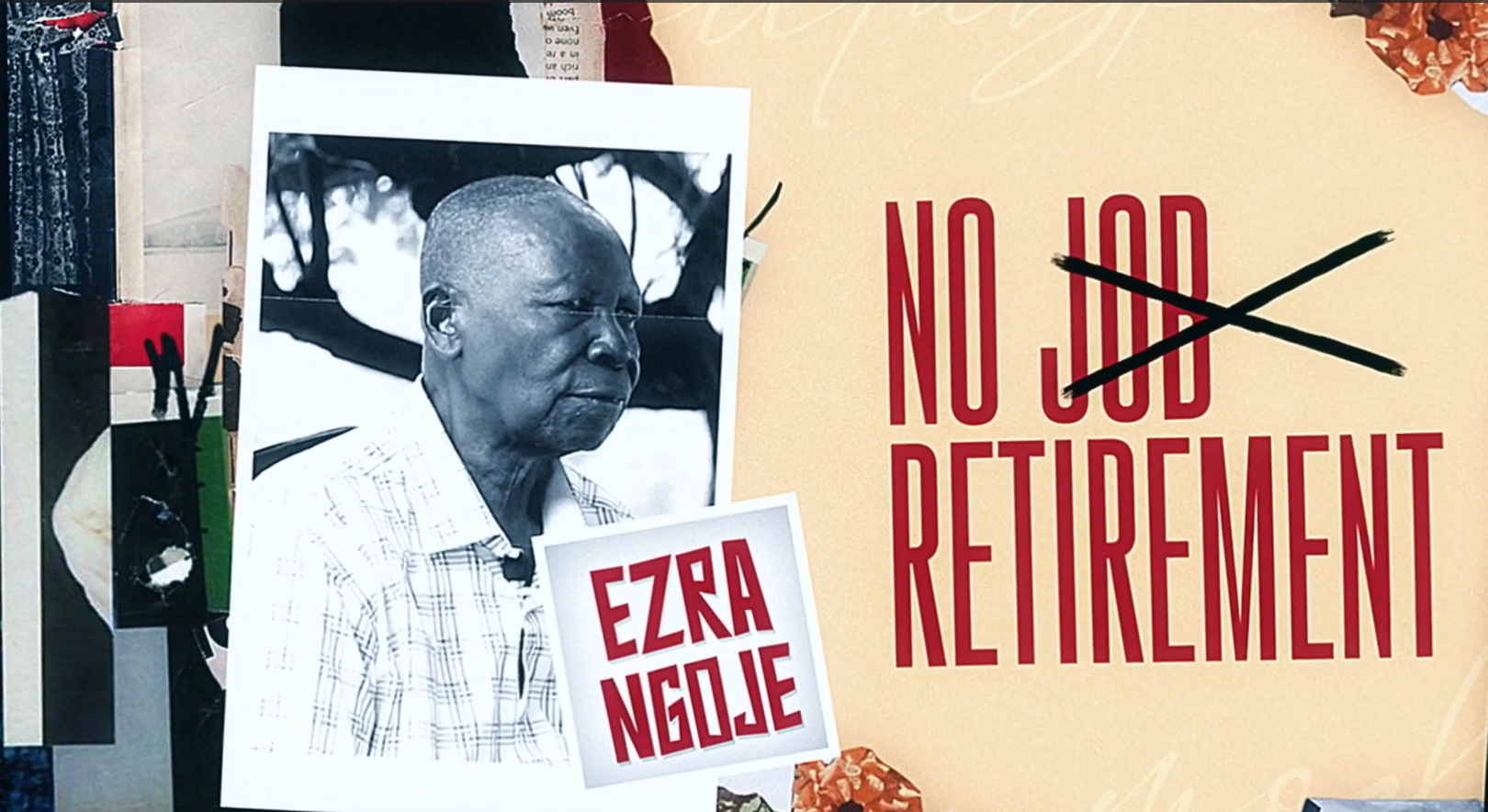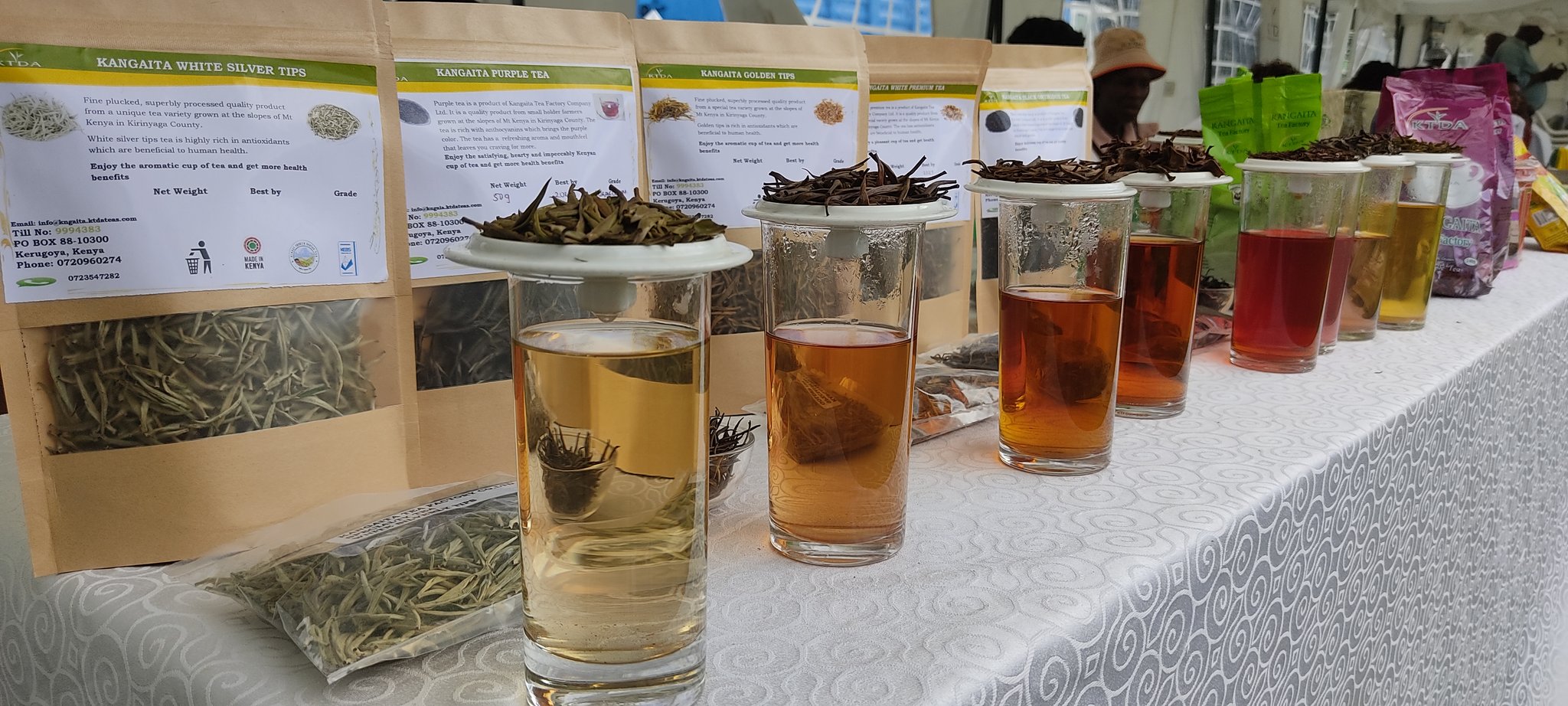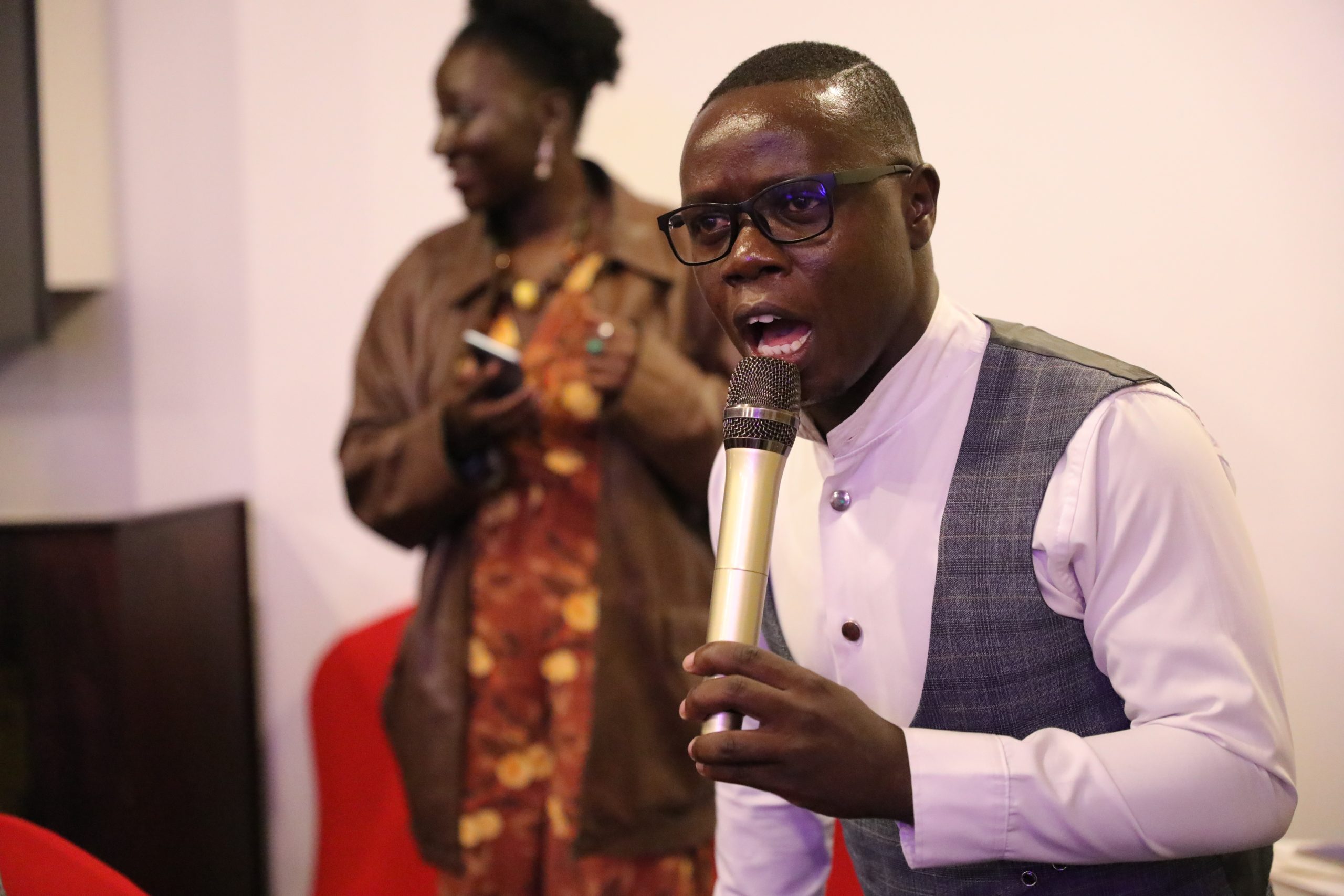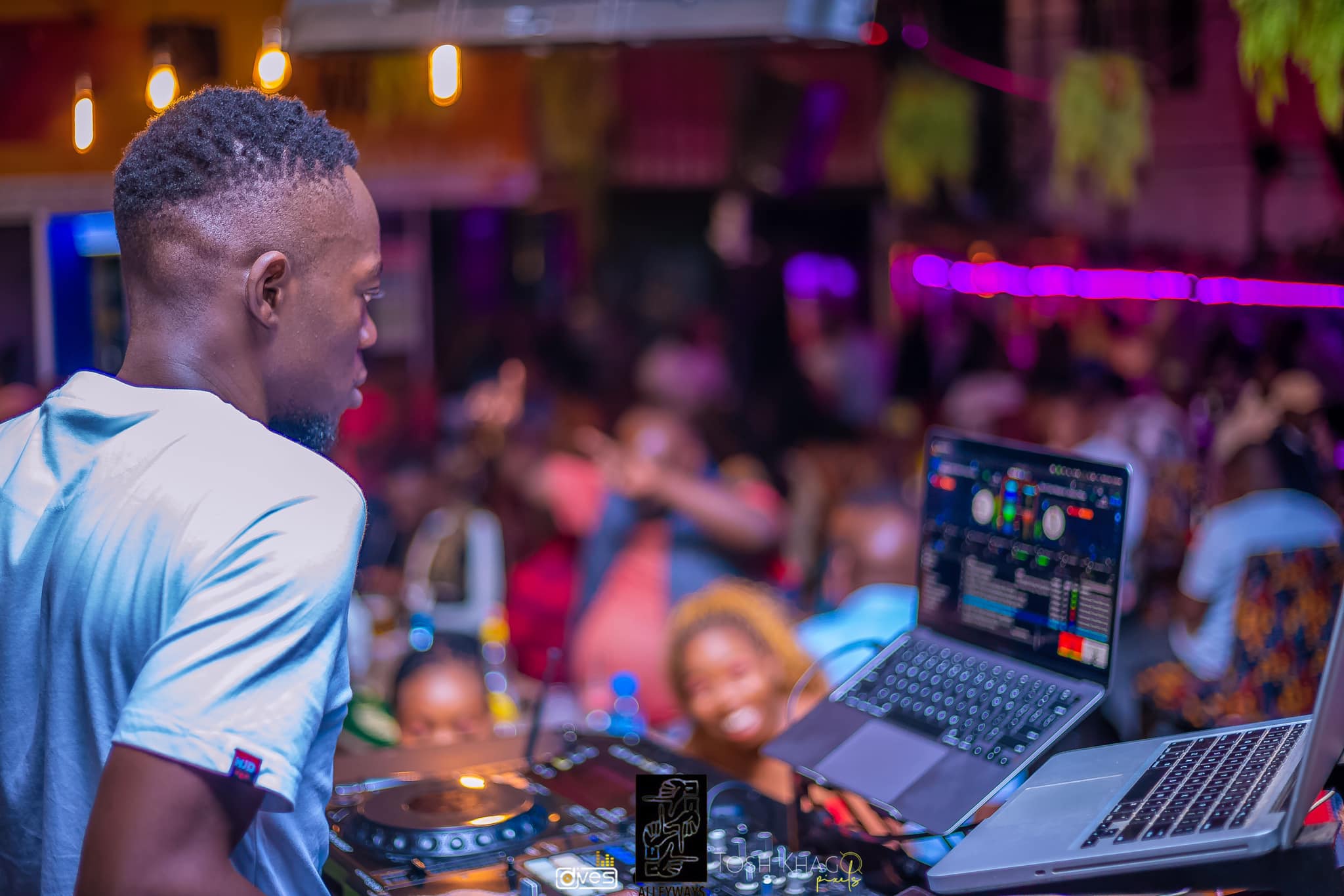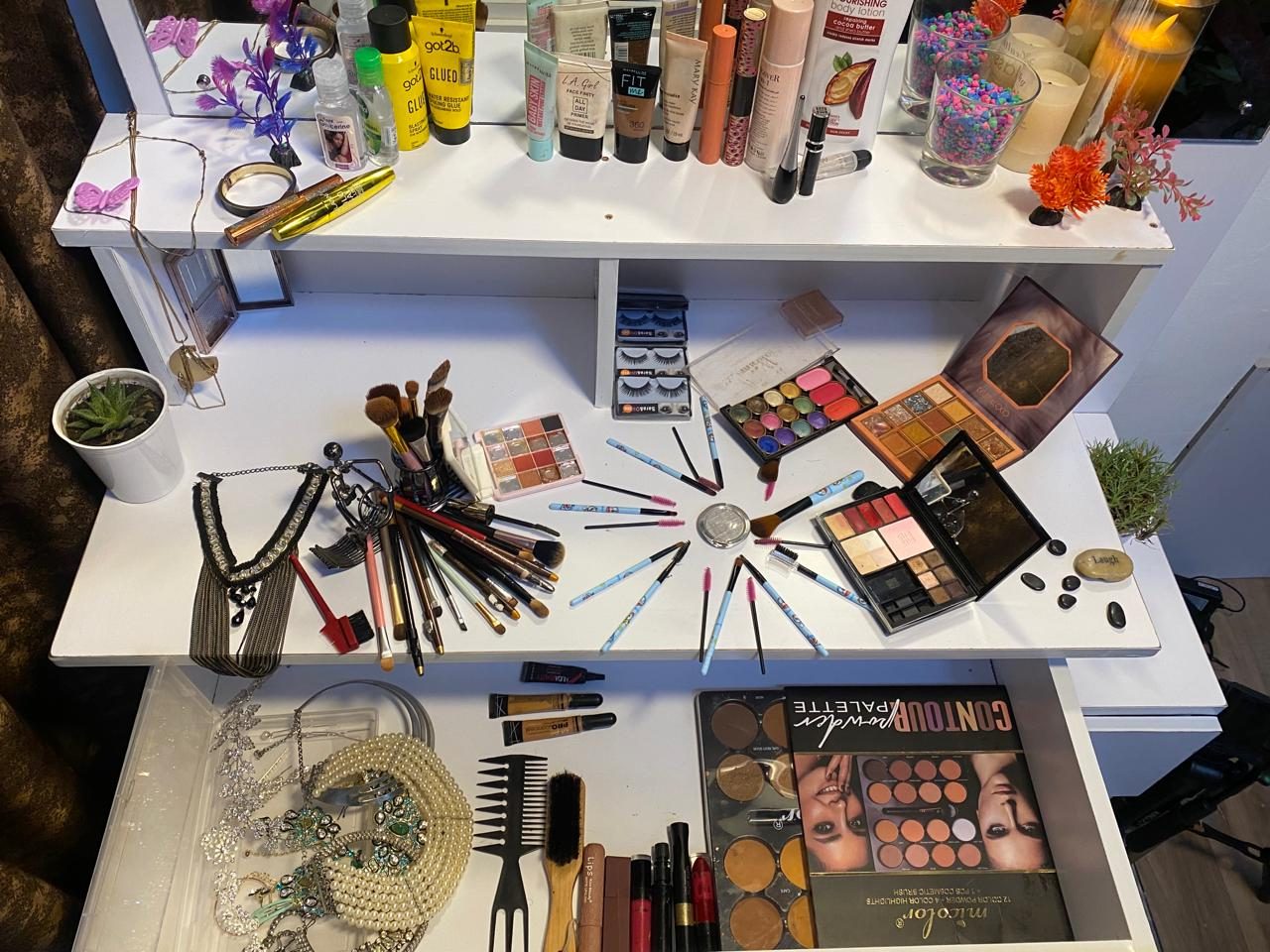I attended the Nairobi Film Festival last week, a dashing experience capped with the screening of the iconic documentary ‘The Battle for Laikipia’.
The Festival held at Prestige along Ngong Road was as glitz as it could get, set in a pretty white turret mounted on the first floor covered in see through canvas; carpeted in blood red, dressed in sheaths of white and pearled like a wedding.
The crowds were spectacular, leading Kenyan actors and creatives, the writers and producers in an atmosphere of what is possible for the world’s most thankless jobs, producing art.
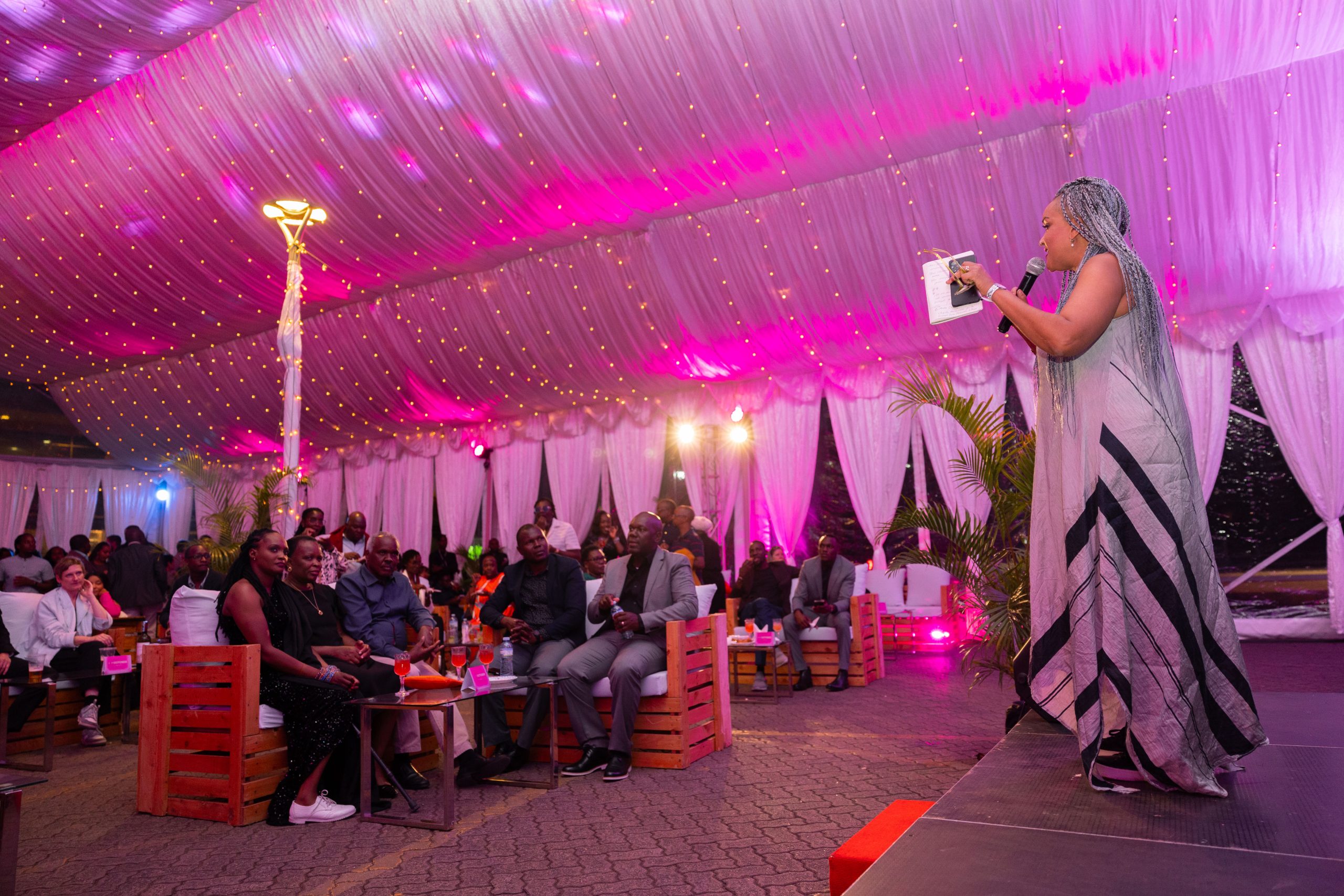
Kitale Film festival
Immediately I saw Peter Pages, I knew this was going to be an interesting evening. I had not met him in person and got introduced through an acquaintance, but this young man has been doing amazing work running Kitale Film festival.
He looked dashing as he had dressed for the occasion in three piece. I introduced myself and asked how the planning of the next one set for February 2 to 09, is going. Will we have something as grand as Nairobi Film Festival, the solid entrapments, cozy sitting, spicy bitings, a well oiled bar that can attract a crowd to fill two movie theaters on a busy Nairobi Thursday.
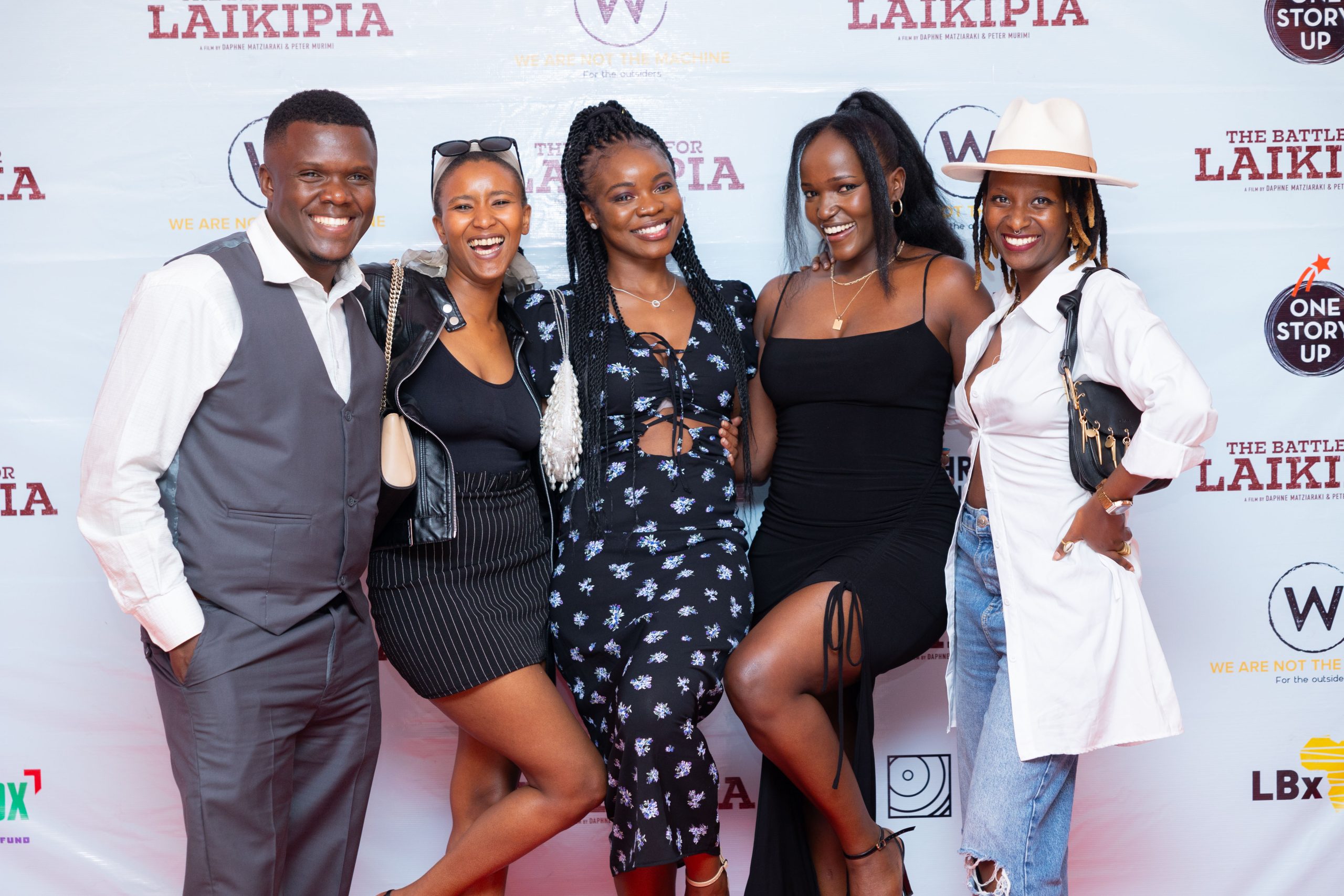
He laughed, and said the only support he has had was a small contribution and he did not have the cheques of the Ambassadors and Partners who could back such a show.
NBO festival itself has faced its fair share of challenges attracting funding. Elsaphan Njora, famous Kenyan actor, presenter and musician, who we had the pleasure to have a chat with told us it started as a very small gig by Eric (Wainaina).
It felt as if I had been dragged closer to those intimate artistic circles where they refer to each other by nicknames and shorthand. Eric, himself was in the building quietly picking out the faces and hugs of those in his circles as the lively crowds of guests spilled in.
I also got introduced to the emerging names of Kenyan film making, producers, writers and directors.
The Kenyan superstar
I have never known how to behave around super stars, I do not know if acknowledging their presence is enough or I have to swoon over them and remind them of ‘that scene’ where…, or jump in for a photo opportunity.
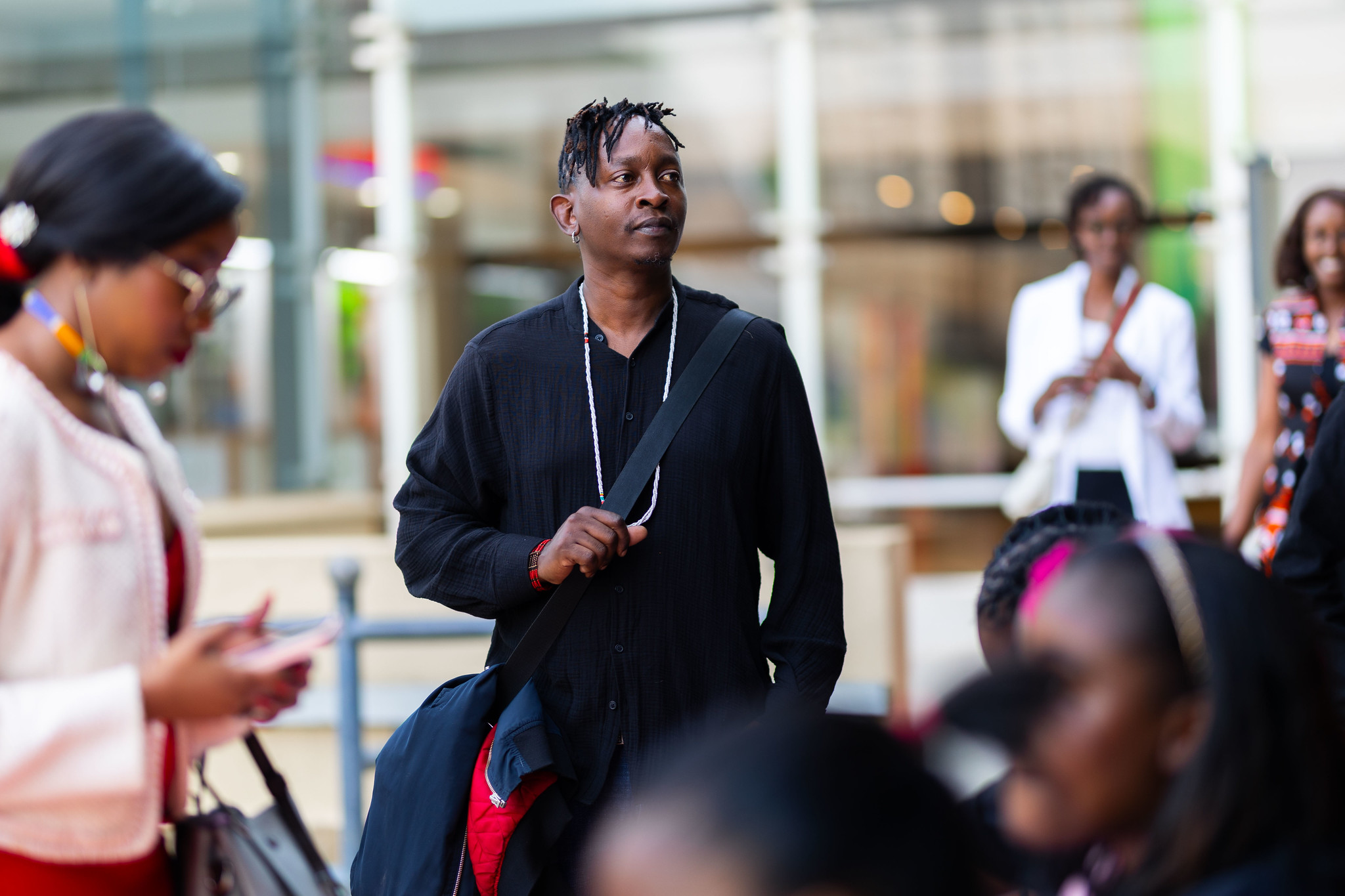
But standing there with Njora as his fans swooned over and reminded him of the white ash he puts on his face in his role in the award winning Kenyan film Kati Kati, or inquiring when the next show will bring him back to their screens and asking for that photo, felt interesting.
The way he took it, wore it like the tight blue suit and brim hat fit him. He said he did not take fame seriously either, it did not bring much money and was intoxicating. That is a man who knew himself right there.
He said in his earlier days it fazed him to be called out in the public square of recognition. However, once, in a place where no one recognized you, he realized that you almost expected it, you become addicted to it; that when you do not get fame, it eats at you.
We wondered how comes the fame, and all this glitz does not transform to more money, I mean Showmax is taking up him and his peers to the big screen not only in Kenya but across Africa, reaching audiences, he would otherwise not imagine.
Apparently, while Showmax is putting food on the table, the reality of low-budget-quick-streaming-content is that it pays less, almost exploitatively; and sort of undercuts the artists who lose bargaining power to conglomerates that write contracts.
“We need to have alternative spaces, where our films and arts can grow,” Njora said.
New spaces for stories
I felt like I related to what he expressed because it mirrored what has been happening in the media, where the size and monopoly of legacy houses protected by licenses and capital intensive logistics have, have controlled the cost and form of the art allowed into the public spaces.

Read also: Part 1: The culture shock of traveling through Rwanda
This gate keeping role, has been often abused, knowingly or unknowingly in ways that have often been harmful to the very communities we claim to serve.
Interestingly I was at this festival because I had the lucky opportunity of getting invited for a training on Sexual and Reproductive Health Rights and Justice (SRHRJ) reporting in Nairobi by Docubox that sought to give journalists in the counties awareness, training and support to reflect better on their works to inspire positive change.
It was an interesting and humbling space that taught me a lot on some of the mistakes we make out of bias, blind spots and simple ignorance.
It was also thanks to them that I attended the screening of this documentary that showed how much damage we have been doing as the media in defining the power relations between pastoralists and colonialists.
pastoralism
/păs′tər-ə-lĭz″əm, pä′stər-/
A social and economic system based on the raising and herding of livestock.
Kenyan journalist, another word for bandit.
I saw quite a number of familiar faces in the crowds and it felt quite warm to be back in Nairobi’s chilly weather since I left the Capital for Kisumu.
Famous artists and producers, former colleagues, I thought I saw the former Samburu MP, there were some former state officials and few professional friends that I had last seen a few years back.
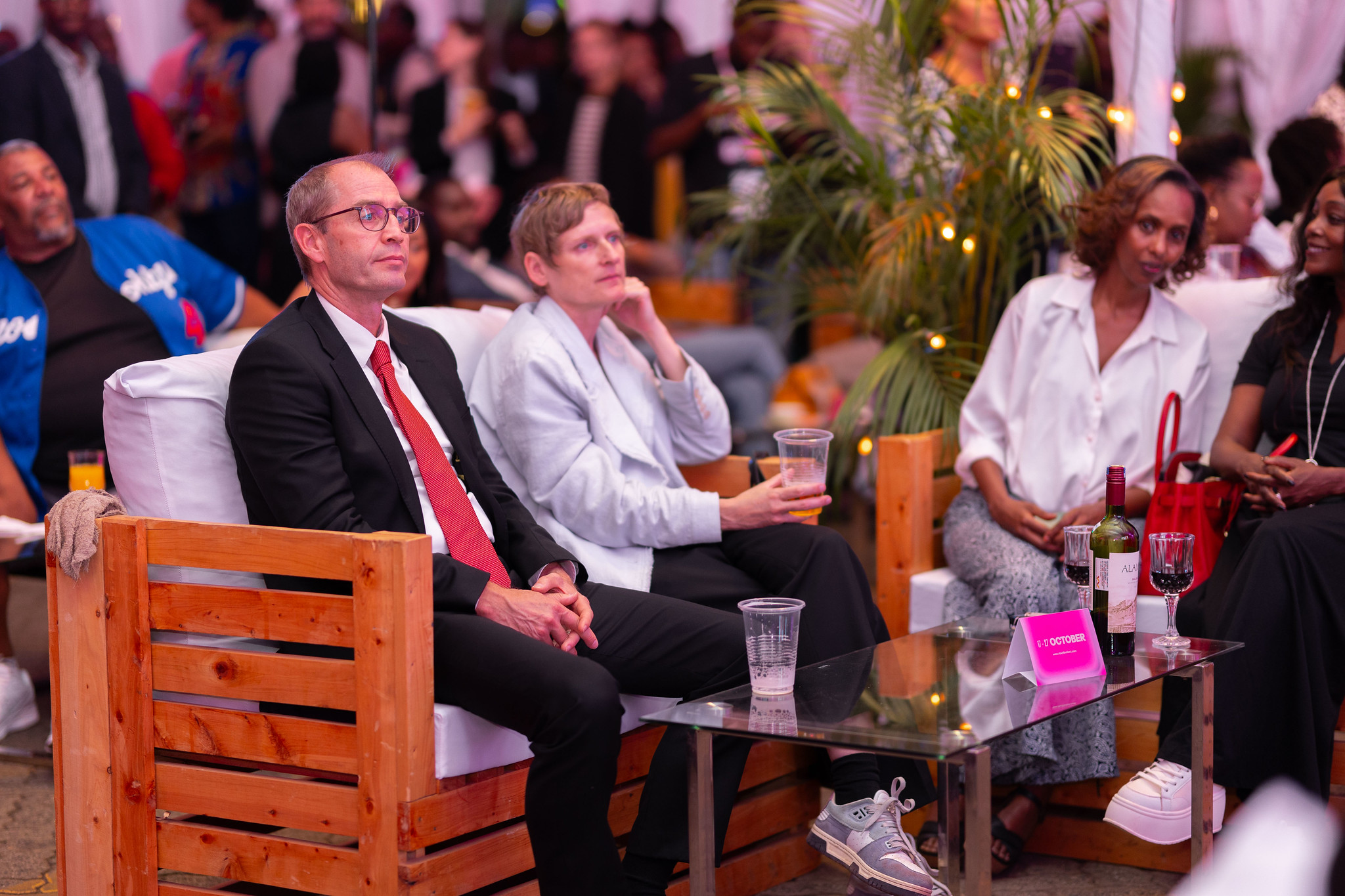
It was a parked house of upmarket Kenyans and foreign dignitaries who are interested in what the core of Kenya is saying. They hum of ‘English accent’ was buzzed up, but the tension was palpable. A white guy who looked like those radical types, had the heart to capture the moment when he said to me with arched eyebrows, ‘we are going to the screening of Laikipia, aye, the one of the colonialists’.
This would be as uncomfortable as watching a sex scene on family TV.
Kenya
Once inside we had to be moved because the tickets, which came in a fridge magnet, (an intentional marketing ploy that will remind us not to miss this event next year) were colour-coded but we had not noticed that.
We went into the hot movie halls of Prestige Mall, sunk into their fine movie seats and admired the fashion and colour as each group filed into their own spaces to become eyes.
Shortly before the documentary the Kenyan Flag printed across the screen and that Tdddd,…tdddd….Tttt drum thumped out of the surround speakers in the movie. Everyone jumped out of their seats like programmed children and stood at attention on the toll of a school bell.
“I am not that patriotic,” I said, thinking that I would like to keep the government out of my entertainment. Maybe I said out too loudly when everyone around me stood up, or like any human my brain is wired not to go against the group, because all of a sudden I felt like I was isolated by the whole theater.
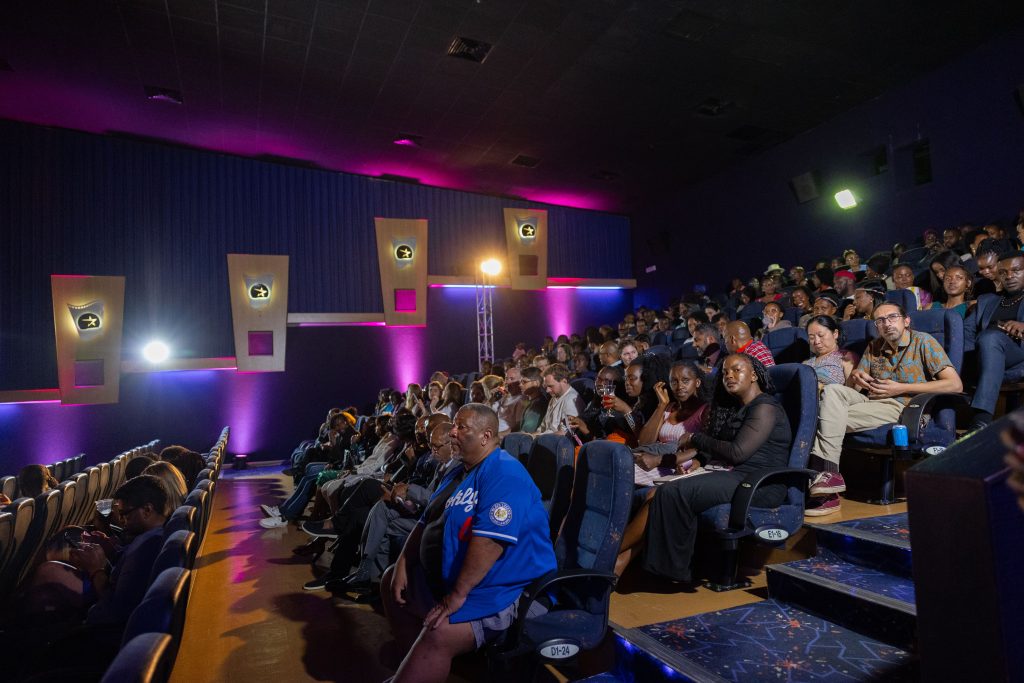
I stood up cursing the idea that humans can easily be wired to do anything for a piece of cloth and imagined borders including committing bodily harm on another human being.
The battle for hearts and minds
When we did settle down for the actual movie, we felt immediately transported to what we know as home. Good filmmaking brought out the geography of the undulating hills and ridges, the flat grass plains, thorns of acacia in a production that should win awards.
The Battle of Laikipia is not one of those documentaries that Kenyan media rush into North Eastern and do a story of someone who has shot someone else, blame bandits, and insinuate political mischief.
It was a solid piece of work produced by Daphne Matziaraki and Peter Murimi covering over two years the recent drought and cumulating in elections.
Without saying anything but letting their subjects speak, this documentary brings the most visual representations of the unresolved historical injustices in a generations-old conflict between Indigenous pastoralists and white landowners in Laikipia, Kenya, a wildlife conservation haven.
Violence
It is painful to watch how the government in your own country is weaponized against your own people to protect the interests of British colonialists.
There are scenes in there that will boil your blood. There are words there that you will hear police say and it will resonate to the violence we are witnessing on the streets of Nairobi.
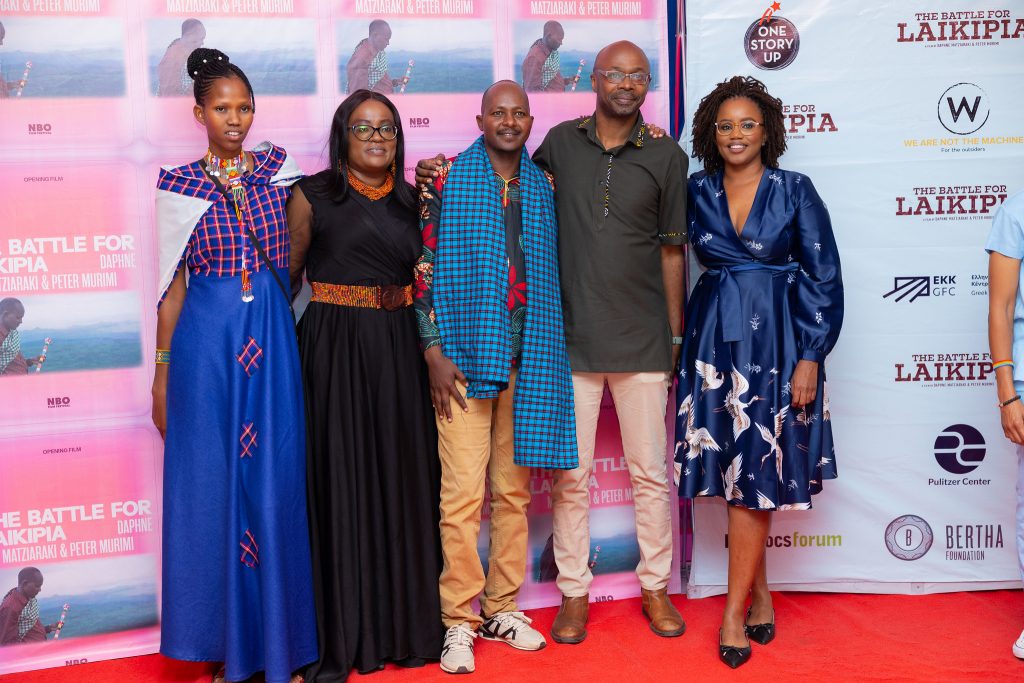
In essence the movie reveals how the Kenyan state deals with its own people just like the colonial officers dealt with the natives, referring to local communities as backward who can only respond to and understand violence.
Suddenly the state start to reveal itself in the schools where “the African could only learn by the stick’ and to the churches where blind obedience to authority is venerated and abused.
At the end of the documentary, you feel that something you have seen cannot be unseen. Most of the white people in the audience hurriedly left, piqued by the oblivious support the crowd had given to the African side of the story and wondering why we did not empathize with the colonizer whose only crime was to be born into and inherit the land stolen from Africans.
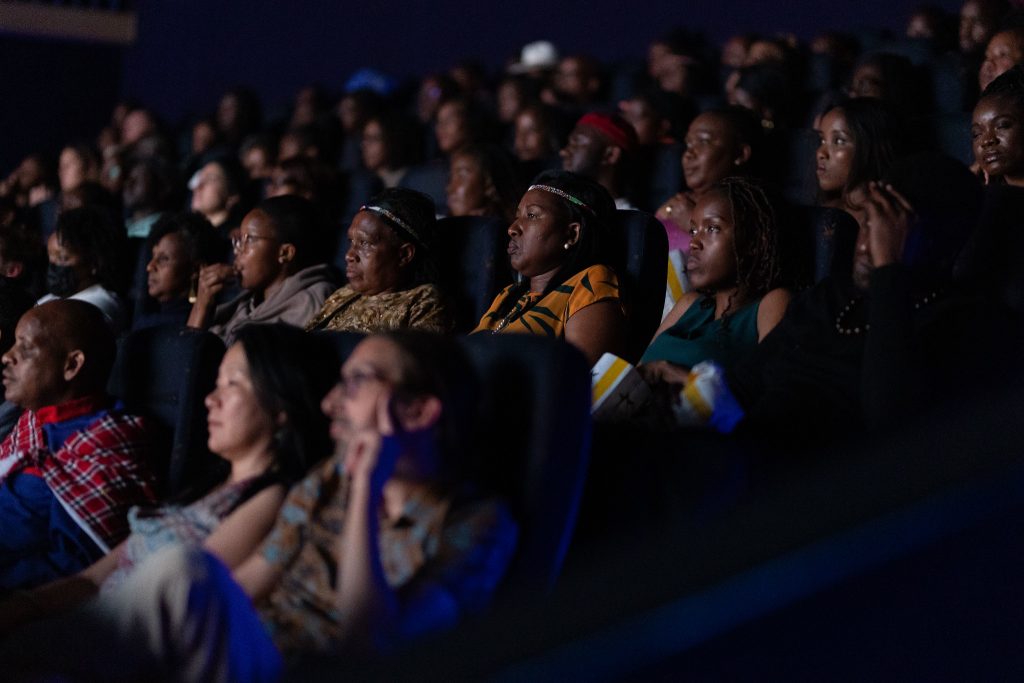
Discover more from Orals East Africa
Subscribe to get the latest posts sent to your email.
